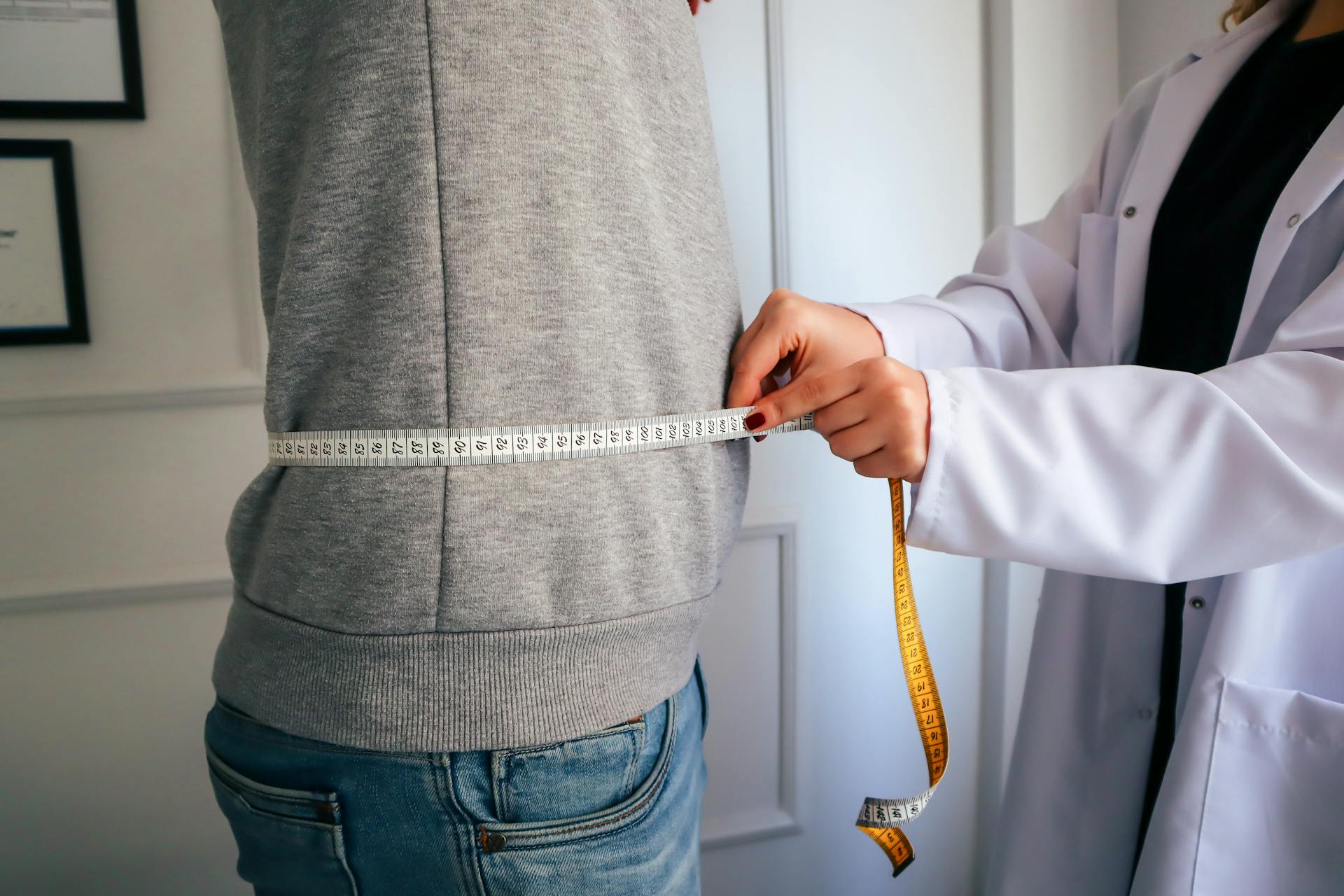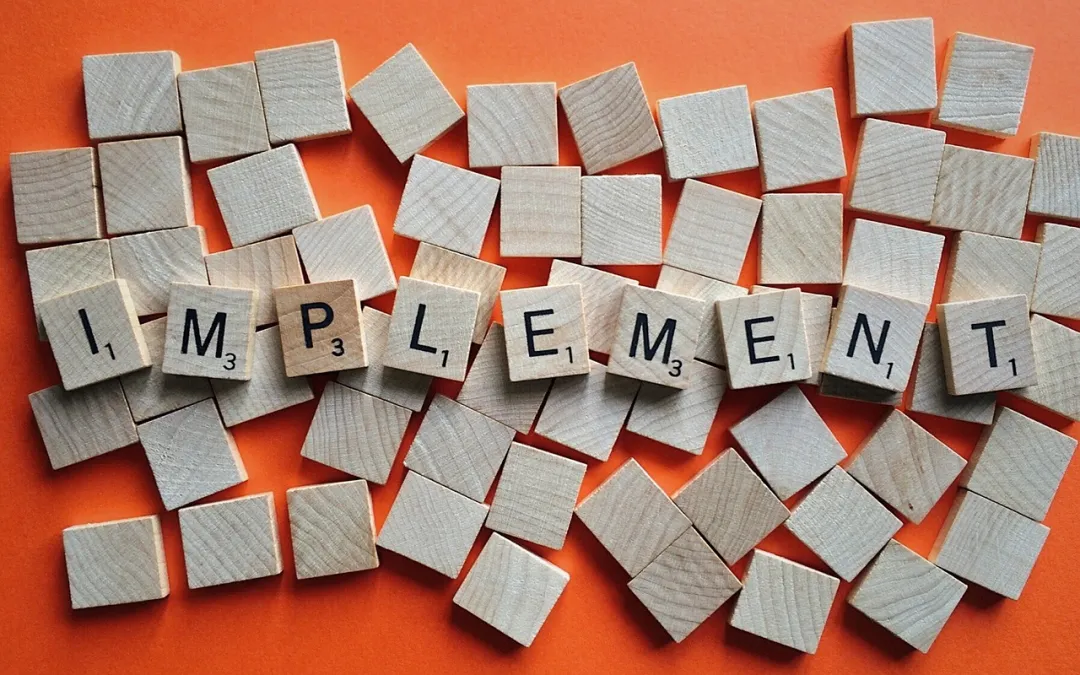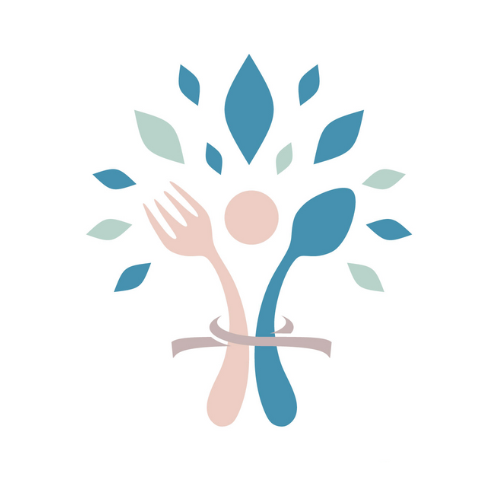29 Sep How to Reverse Type 2 Diabetes by Tackling Insulin Resistance
Have you ever wondered why some people develop type 2 diabetes while others don’t—despite living very similar lifestyles? Or perhaps you’ve come across the term “insulin resistance” and thought: “Is that me? Is it the same as diabetes? Should I be worried even if my blood sugar looks normal?”
Many people feel like they’re piecing together a health puzzle with missing pieces. Understanding insulin resistance can help you see the bigger picture and take steps to protect your long-term health. After years of working with patients struggling with blood sugar, weight, and energy issues, I’ve seen one major gap in how we talk about health—and that’s insulin resistance.
If you’ve ever felt like you’re piecing together a puzzle with missing pieces—wondering why you’re constantly tired, gaining weight despite your efforts, or being told to “make lifestyle changes” without real clarity—you’re not alone. This blog will help you understand what insulin resistance really is, why it matters, and what you can do today if you want to reverse type 2 diabetes.
What is insulin resistance and how does it lead to type 2 diabetes?
Most people think type 2 diabetes is where the problem begins. But in truth, it’s often the end result of a much longer, quieter journey—one that starts with insulin resistance.
Think of your health as a spectrum. On one end is vibrant health, on the other is type 2 diabetes. You don’t leap from one to the other overnight. It’s a slow slide over years—sometimes decades.
Insulin resistance is the earliest shift along this curve. You can have insulin resistance without diabetes, but you can’t develop type 2 diabetes without first becoming insulin resistant.
How does insulin resistance actually work inside the body?
Here’s a simple breakdown:
- When you eat carbohydrates, your blood sugar rises.
- Your pancreas produces insulin—a hormone that helps move sugar from your blood into your cells for energy.
- If you regularly eat high-sugar or refined-carb foods, your body produces more and more insulin.
- Over time, your cells stop responding properly to insulin. This is insulin resistance.
- To compensate, your pancreas pumps out extra insulin (called hyperinsulinaemia).
- Eventually, the pancreas can’t keep up and your blood sugar rises—first into the “prediabetes” range, then into type 2 diabetes.
It’s like insulin keeps knocking at the door, but your cells have stopped answering.
What are the early signs of insulin resistance?
You might be insulin resistant if you notice:
- Gaining weight around your middle, even without diet changes
- Craving sugar or carbs (especially in the afternoon or evening)
- Feeling tired after meals
- Struggling to lose weight
- Rising blood pressure or cholesterol levels
- A family history of type 2 diabetes, heart disease, or stroke
Even if your blood sugar test comes back “normal,” these could be red flags that your body is already struggling with insulin resistance.

Why does waist size matter when it comes to reversing type 2 diabetes?
Your waistline is often more accurate than a blood test when it comes to spotting early signs of insulin resistance.
Measure your waist midway between your ribs and hips:
For women:
- Low risk: under 80 cm (31.5 in)
- Increased risk: 80–87.9 cm (31.5–34.5 in)
- High risk: 88 cm+ (34.6 in+)
For men:
- Low risk: under 94 cm (37 in)
- Increased risk: 94–101.9 cm (37–40 in)
- High risk: 102 cm+ (40.2 in+)
A growing waist is your body’s warning sign that insulin resistance may already be developing.
What’s the difference between type 1 and type 2 diabetes?
It’s important not to confuse the two:
- Type 1 diabetes is an autoimmune condition where the body cannot produce insulin at all.
- Type 2 diabetes develops from long-term insulin resistance—your body produces insulin but can no longer use it effectively.
Insulin resistance doesn’t just raise blood sugar. It also contributes to:
- Weight gain and belly fat
- High blood pressure and cholesterol issues
- Fatty liver disease
- Chronic inflammation
- Increased risk of dementia and heart disease

Can you reverse type 2 diabetes by reducing insulin resistance?
Yes—this is the empowering part. Insulin resistance and type 2 diabetes are not permanent if you take action early. Lifestyle changes can make a profound difference, and many people are able to reverse type 2 diabetes naturally.
The key areas to focus on include:
- Nutrition: Choosing whole foods, cutting refined carbs, balancing meals.
- Movement: Regular physical activity improves insulin sensitivity.
- Sleep: Poor sleep disrupts blood sugar control.
- Stress management: Chronic stress keeps insulin levels elevated.
Want to see the hidden triggers of insulin resistance in action? Dr. Nerys Frater explains the surprising causes and what you can do to reverse type 2 diabetes naturally.
You don’t need to be perfect. You just need to start making small, sustainable changes.
What resources can help me start reversing type 2 diabetes today?
- 📽 Watch the Health Breakthrough Video Series: Learn the science, symptoms, and solutions step by step.
- 📖 Download the free Blood Sugar Mastery Guide: A practical 12-page guide with easy, actionable steps to improve your blood sugar.
Final thoughts: Why understanding insulin resistance is the key to reversing type 2 diabetes
Insulin resistance is the root cause of type 2 diabetes—but it’s also reversible, especially when caught early. Even if your blood sugar tests are “normal,” your body may already be sending signals like tiredness, cravings, or belly fat.
By learning to recognize the signs and taking steps now, you can prevent or even reverse type 2 diabetes naturally.
Your health journey doesn’t have to be confusing. With the right knowledge and strategies, you can take back control of your energy, weight, and long-term wellbeing.
